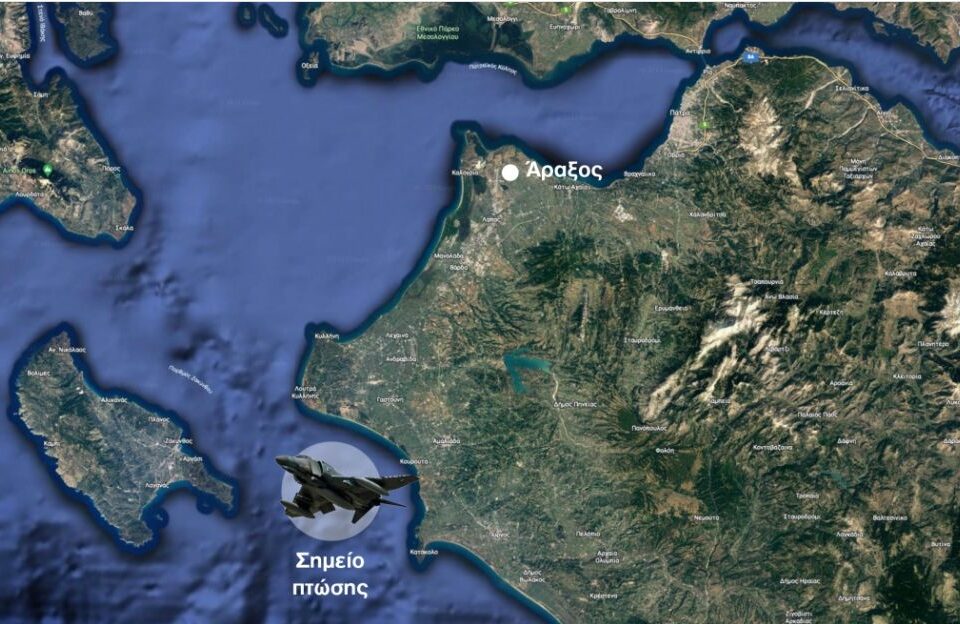Research continues to show that emergency helicopter transport improves survival rates during medical and rescue operations.
Helicopter Trauma Transport
Helicopter emergency medical services (HEMS) are continuing to prove to be a life saver. According to a new study from the U.S. National Institutes of Health, patients that are transported with traumatic brain injuries to trauma centers had improved survival rates when compared with ground transport emergency services. HEMS in Europe, Africa or any continent are an important service that can mean the difference between life or death.
In fact, the study’s findings reflect the results of a Johns Hopkins study. Johns Hopkins researchers closely examined the survival rates of seriously injured trauma patients transported by helicopter. In that study, the patients had a 16 percent better survival rate than similarly injured patients transported by ground ambulance.
Transport Risks and Realities
Helicopters that are rushed to medical and rescue operations are a rapid, lifesaving means of medical transport. The downside to emergency helicopter transport is the financial cost. A medical helicopter trip can cost in the thousands of dollars or euros, a fee that is typically charged to insurance companies and consumers.
There is also a rare but real risk of a tragic crash associated with all types of air flight. In the Johns Hopkins Report, study senior author Adil Haider, M.D., M.P.H., an associate professor of surgery, anesthesiology and critical care medicine at the Johns Hopkins University School of Medicine admitted that helicopter trips are costly and carry some risks.
“This research shows they do save lives. It also tells us that we need to sharpen our ability to identify trauma patients who need the helicopter most to ensure that we deploy the helicopter for people who really will benefit from its use,” said Haider in the report, proving that challenges remain.
HEMS in Europe
In Europe, various emergency helicopter services are often part of integrated rescue system. In Greece, rescue crews can rush to emergencies in mountain areas, forest terrains, the islands and other remote locations. HEMS in Europe also service the injured that need to be rushed from vehicle accidents, floods or other mass disasters. Helicopters can also be called on for neonatology, transplant programs and other types of hospital transport where urgent and rapid service is a must.
No matter where the location, serious medical and rescue operations require reliable emergency helicopter transport. In a trauma situation where every second matters, helicopter emergency services can be worth the cost and risk considering the difference between life and death.
Image Source: Riley Kaminer




